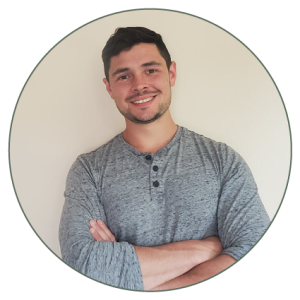
Cancer: Understanding Causes, Prevention, and Holistic Approaches
Cancer is a major health concern, impacting millions of lives each year. While treatments have advanced, there is still no cure. However, many cancers can be prevented through lifestyle choices, including diet, exercise, and stress management. Understanding cancer’s causes, risks, and holistic approaches to prevention can help reduce its impact.
What Is Cancer?
Cancer arises when cells mutate and grow uncontrollably, invading surrounding tissues. According to research in energy medicine, how we handle stress and emotions may play a significant role in determining who develops cancer. In Traditional Chinese Medicine (TCM), emotional imbalances are linked to the development of diseases like cancer. Fear, grief, and anger can disrupt the flow of energy (Qi) in the body, leading to disharmony. From a chakra perspective, cancer can be associated with blocked or imbalanced chakras, particularly the Solar Plexus (self-esteem, willpower) and Heart Chakra (love, grief). Maintaining emotional well-being and balancing these energy centers are vital components of overall health.
How Cancer Develops: A Holistic View
Cancer involves the formation of tumors, which can be either benign (harmless) or malignant (cancerous). Malignant tumors can spread to other parts of the body, weakening the immune system and damaging organs. From a TCM viewpoint, cancer is often linked to an imbalance in the body’s elements, particularly the Metal and Earth elements. The Metal element, associated with the lungs and large intestine, is linked to the emotion of grief. The Earth element, related to the spleen and stomach, connects to worry and pensiveness. Emotional stress affecting these elements can contribute to energy blockages and illness. Additionally, balancing the chakras, such as the Root Chakra (security, stability) and the Heart Chakra, can support the body’s natural healing processes.
Diet and Cancer Prevention
Diet plays a crucial role in maintaining balance within the body. The American Cancer Society recommends eating at least five servings of fruits and vegetables daily. TCM also emphasizes a balanced diet to maintain harmony among the body’s elements. Foods like broccoli and other cruciferous vegetables help the body detoxify, which aligns with TCM’s focus on clearing internal heat and toxins. Consuming more fibrous fruits (like apples and pears) helps support the digestive system, governed by the Earth element. Limiting intake of processed foods, red meats, and dairy products reduces internal dampness and phlegm accumulation, which TCM associates with tumor growth.
Additional Dietary Recommendations
- Alkaline Foods: Cancer thrives in an acidic environment. Alkaline foods like leafy greens, sea vegetables, and certain fruits can help balance the body’s pH.
- Paleo Diet: Choose organic, free-range options, including vegetables like kale and spinach. These foods nourish the Liver and Heart meridians in TCM, supporting detoxification and emotional balance.
- Avoid: White sugar, artificial sweeteners, and processed foods, as they contribute to internal heat and phlegm.
Emotional Balance and Cancer
Emotional health is a key factor in cancer prevention and treatment. According to TCM, emotions such as fear, grief, anger, and worry can create disharmony in the body’s energy flow, leading to illness. For example, chronic stress and suppressed emotions can weaken the immune system. Chakras, particularly the Solar Plexus Chakra and Heart Chakra, play a role in processing these emotions. The Solar Plexus Chakra governs self-esteem and power, while the Heart Chakra deals with love and grief. Practices such as mindfulness, meditation, and energy healing can help balance these chakras, fostering emotional well-being.
Lifestyle and Cancer Risk Factors
Cancer risk is influenced by various lifestyle factors, including diet, exercise, and environmental exposure. Physical inactivity, for instance, can lead to stagnation of Qi in the body, according to TCM. Regular exercise helps promote the free flow of energy and reduces the risk of developing stagnation-related conditions, including cancer.
Environmental and Lifestyle Risks
- Electromagnetic Smog: Prolonged exposure to radiation from cell phones, microwaves, and WiFi can disrupt the body’s energy balance.
- Detoxify the Body: TCM emphasizes regular detoxification to clear internal heat and toxins. This can include liver and bowel cleanses to maintain a healthy flow of Qi.
The Role of Antioxidants and Supplements
Antioxidants play a key role in protecting cells from damage and maintaining the body’s energetic balance. TCM views certain herbs and supplements as tools to support the body’s natural healing processes. Here are some key supplements:
- Vitamin C: Strengthens the immune system and boosts the effectiveness of cancer treatments.
- Bioflavonoids: Compounds like Quercetin and Resveratrol help maintain a smooth flow of Qi, reducing stagnation.
- Turmeric (Curcumin): In TCM, turmeric is used to move Qi and blood, helping to clear blockages that can lead to tumor formation.
The Acidosis and Cancer Connection
Cancer cells thrive in acidic environments. According to TCM, an overly acidic internal environment disrupts the body’s yin-yang balance, leading to energy blockages and disease. By consuming alkaline foods and engaging in practices that promote emotional balance, one can create a more harmonious internal environment that supports the body’s natural defenses.
Detoxification and Inflammation
Detoxification is a core principle in both holistic health and TCM. Cleansing the liver, which plays a vital role in TCM’s view of Qi flow, helps eliminate toxins that can lead to inflammation and cancer. Additionally, anti-inflammatory herbs like Boswellia and Turmeric align with TCM principles of clearing heat and moving stagnation, thereby supporting the body’s natural healing process.
Cancer and Chakras
The body’s energy centers, or chakras, influence physical, emotional, and spiritual well-being. Cancer often correlates with imbalances in the energy field. For instance:
- Root Chakra: Imbalances in this chakra can manifest as feelings of insecurity and fear, which can contribute to physical ailments, including cancer.
- Solar Plexus Chakra: Associated with personal power and self-esteem, an imbalance here can lead to issues like anger and frustration, which affect the digestive system and overall health.
- Heart Chakra: This chakra relates to love and compassion. Blockages can lead to feelings of grief and resentment, potentially impacting the immune system.
Practices such as Reiki, meditation, and yoga can help balance these chakras, fostering an environment conducive to healing and wellness.
Conclusion
Cancer involves complex interactions between genetic, environmental, emotional, and energetic factors. By addressing these aspects holistically, individuals can support their body’s natural healing processes. A balanced diet, regular exercise, stress management, emotional healing, and energetic practices like chakra balancing and TCM therapies can significantly reduce cancer risk and support those undergoing treatment. Embracing this integrated approach helps align the body, mind, and spirit, fostering a state of harmony that can serve as a foundation for health and well-being.

